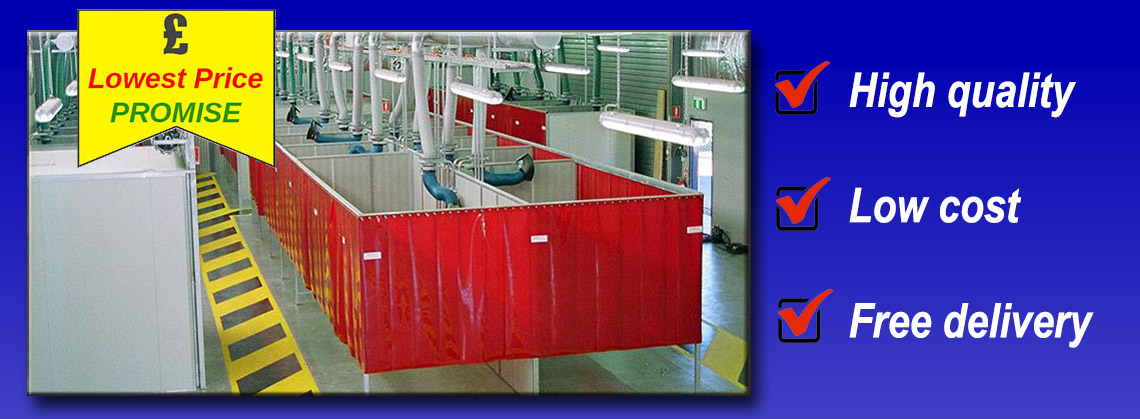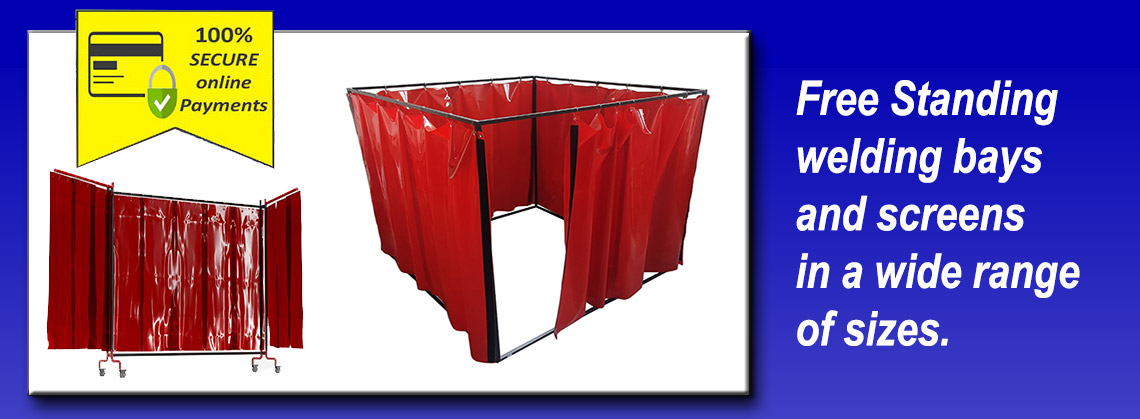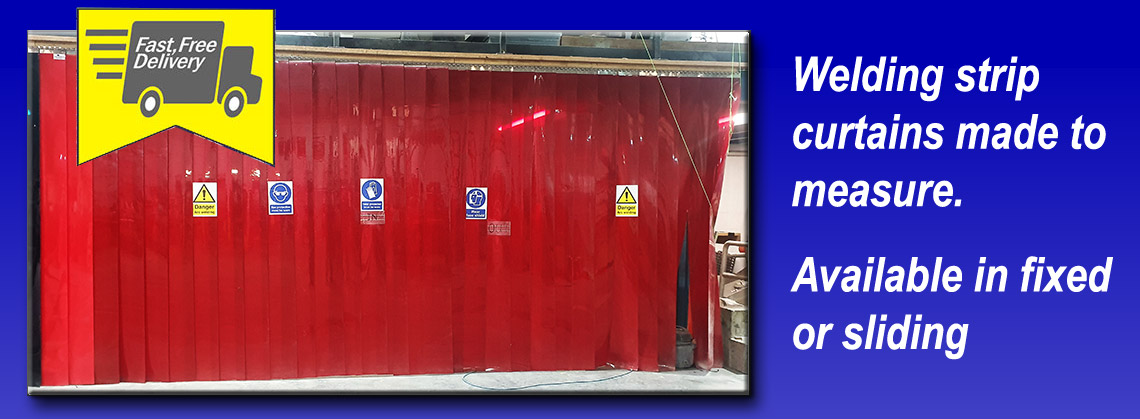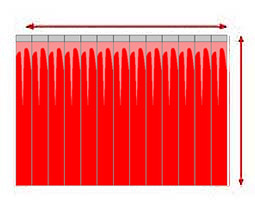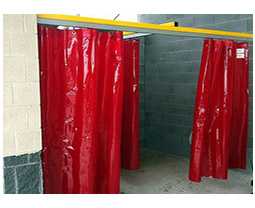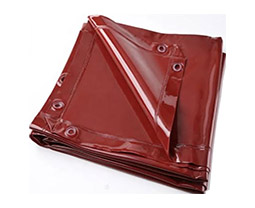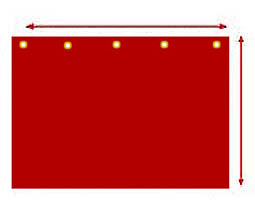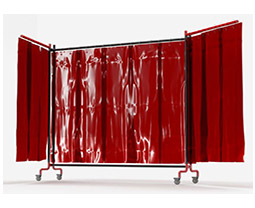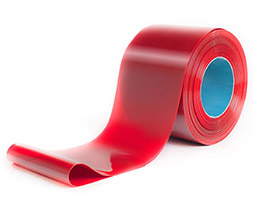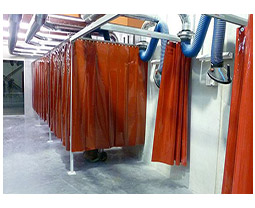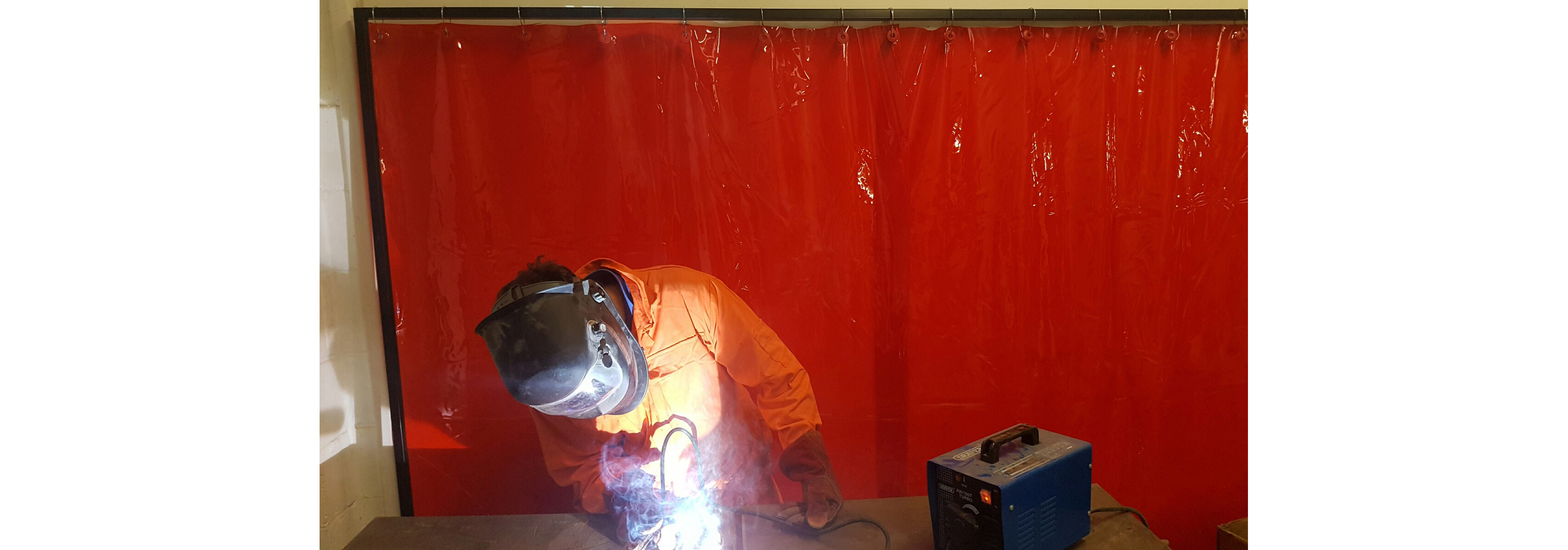Welding screens in the workplace
Welding screens, also known as welding curtains or welding barriers, are essential safety tools in factories and workshops where welding operations are performed. These screens serve multiple critical purposes, ranging from protecting workers to maintaining a safe and efficient work environment. Their importance cannot be overstated, as they play a vital role in ensuring compliance with safety regulations, preventing accidents, and enhancing productivity.
One of the primary reasons welding screens are indispensable is their ability to protect workers from harmful radiation emitted during welding processes. Welding produces intense ultraviolet (UV) and infrared (IR) radiation, which can cause severe eye injuries, such as arc eye or welder's flash, and skin burns. Welding screens are typically made from durable, flame-resistant materials that block these harmful rays, shielding nearby workers and bystanders from exposure. This protection is crucial in preventing both short-term injuries and long-term health issues, such as cataracts or skin damage.
In addition to protecting against radiation, welding screens act as a physical barrier to contain sparks, spatter, and molten metal. Welding generates hot debris that can travel significant distances, posing a fire hazard or causing burns to unprotected individuals. By enclosing the welding area, screens prevent these hazards from spreading, reducing the risk of fires and injuries. This containment is especially important in busy workshops where multiple tasks are performed simultaneously, as it helps maintain a safe distance between welding operations and other activities.
Welding screens also contribute to a more organized and efficient workspace. By creating designated welding zones, they help segregate hazardous areas from non-hazardous ones, ensuring that non-welding personnel are not exposed to unnecessary risks. This separation is particularly important in facilities where workers may not be equipped with personal protective equipment (PPE) suitable for welding environments. Furthermore, welding screens can reduce distractions for welders by providing a visual barrier, allowing them to focus on their tasks without interruptions.
Another significant advantage of welding screens is their role in maintaining air quality. Welding produces fumes and gases that can be harmful if inhaled. While proper ventilation systems are essential, welding screens can help direct fumes away from other work areas, minimizing exposure to hazardous substances. This is especially important in confined spaces where fumes can accumulate quickly, posing a risk to workers' respiratory health.
Compliance with occupational health and safety regulations is another reason welding screens are vital. Many countries have strict guidelines regarding welding safety, including the use of barriers to protect workers from radiation and debris. By installing welding screens, factories and workshops demonstrate their commitment to safety and avoid potential fines or legal liabilities.
In conclusion, welding screens are a fundamental component of workplace safety in environments where welding is performed. They protect workers from harmful radiation, contain sparks and debris, organize workspaces, improve air quality, and ensure regulatory compliance. Investing in high-quality welding screens not only safeguards employees but also enhances productivity and fosters a culture of safety in factories and workshops. Their importance cannot be overlooked, as they are a key factor in preventing accidents and promoting a secure working environment.

